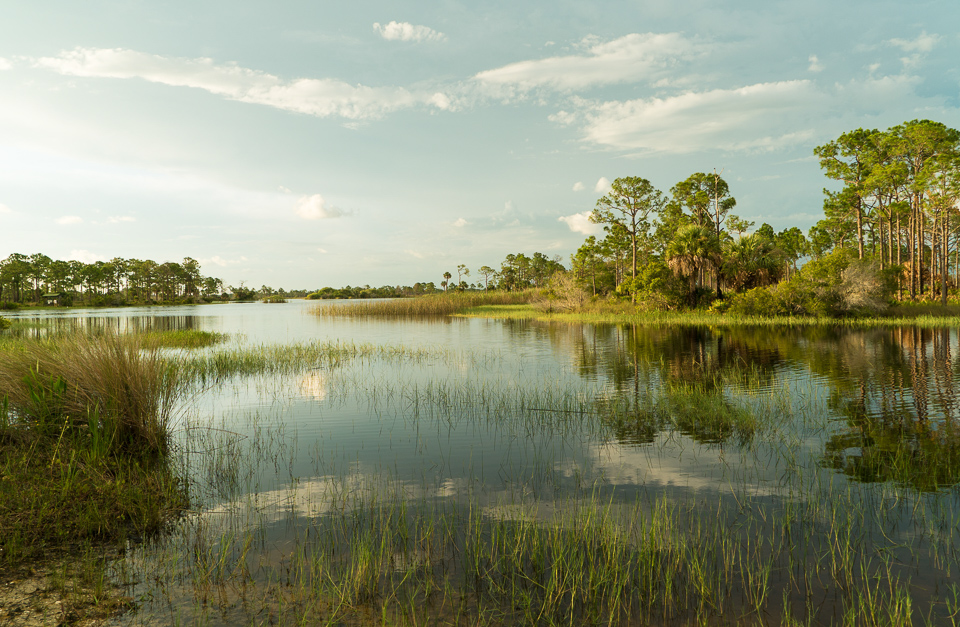
Are you up-to-date on the growing evidence that confirms climate-change is imperiling Planet Earth? The challenges are not theoretical. They’re here—and they’re upsetting communities and economies worldwide.
“We’re on a highway to climate hell with our foot on the accelerator,” the United Nations Secretary General, Antonio Guterres, told the gathering of more than 100 princes, presidents, and prime ministers recently in Egypt. The occasion was COP 27, the Conference of the Parties at the 2022 United Nations climate convention.
To put it another way, renowned British naturalist and documentary filmmaker David Attenborough asks, “Must our story be doomed to end because of that all too human characteristic of failing to see the bigger picture in pursuit of short-term goals?”
Consider just a few alarming recent events that may not be on your radar:
Deadly Glaciers
The breakup of the world’s two largest polar ice sheets, in Greenland and Antarctica, are looming, unpredictable threats that, with little warning, can negatively alter civilized life as we know it (Source: NY Times editorial board, 9/18/2022). They cite researchers reporting on Greenland’s “zombie ice”—immense chunks destined to melt because of climate change that has already occurred—that, once released, can boost sea levels around the world. Additionally, scientists reporting in Nature Geoscience, reveal alarming details about Antarctica’s Thwaites Glacier, widely known as the “doomsday glacier.” Its collapse could raise sea levels by up to 10 feet. “Thwaites is really holding on today by its fingernails,” says the British Antarctic Survey’s Robert D. Larte, one of the co-authors of the study.
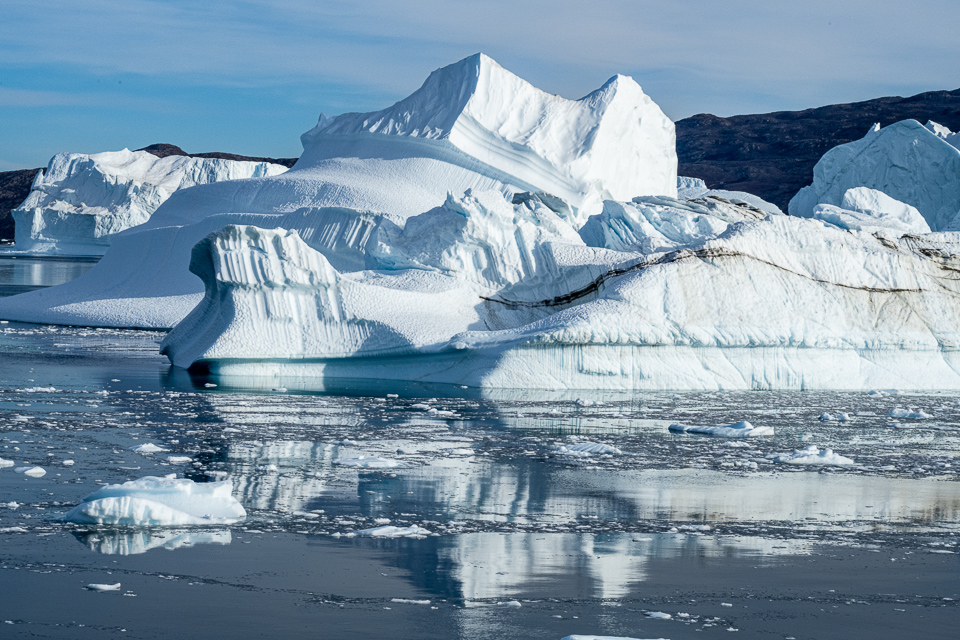
As Charlotte-based urban planner and climate activist Michael Gallis explains, “These slowest moving objects on earth can potentially become fast-moving weapons of mass destruction that will unleash unimaginably violent, cascading events: a dramatic rise in sea levels worldwide, relentless flooding of entire regions, and massive human migrations. These are potentially, not mere disasters, but catastrophic events of such scale and magnitude that recovery is unlikely.”
Vanishing Alpine Winters
Frantic efforts are ongoing to “save winter conditions” from global warming in the European Alps. Even at 10,000 ft., counting on natural snow has become risky. Frantically plowing last season’s snow, stockpiling it in multi-story mounds, then covering the mounds with fabric panels stitched together to insulate the snow over the summer months has become a necessity. Figuring out how to stockpile snow on this scale hasn’t been easy. Many perils threaten: wind gusts which rip the fabric panels apart and uncover the mounds; lightning strikes which set the fabrics on fire; fabrics freezing solid into the snow, and much more. When a new season begins, if it’s too warm for fresh snow to fall—or even for artificial snow to be made—dump trucks and groomers race to spread old snow on the slopes.
To make matters worse, warmer temperatures produce meltwaters that gush into ravines and cracks in the granite slopes of majestic mountains. As the water seeps in, peaks treasured by generations of professional mountaineers, recreational climbers and skiers have become unstable and too risky. As a result, a growing number of these peaks are becoming off-limits.
To many of the 14 million people who live in the Alps, economic implications are terrifying. The economy depends on snow to lure over 120 million tourists a year. As Swiss engineer and project manager Gunther Brennsteiner says, “There’s hardly a family that that doesn’t depend on winter. We wouldn’t even have children in kindergarten without our winters….It’s the foundation of our lives here.”
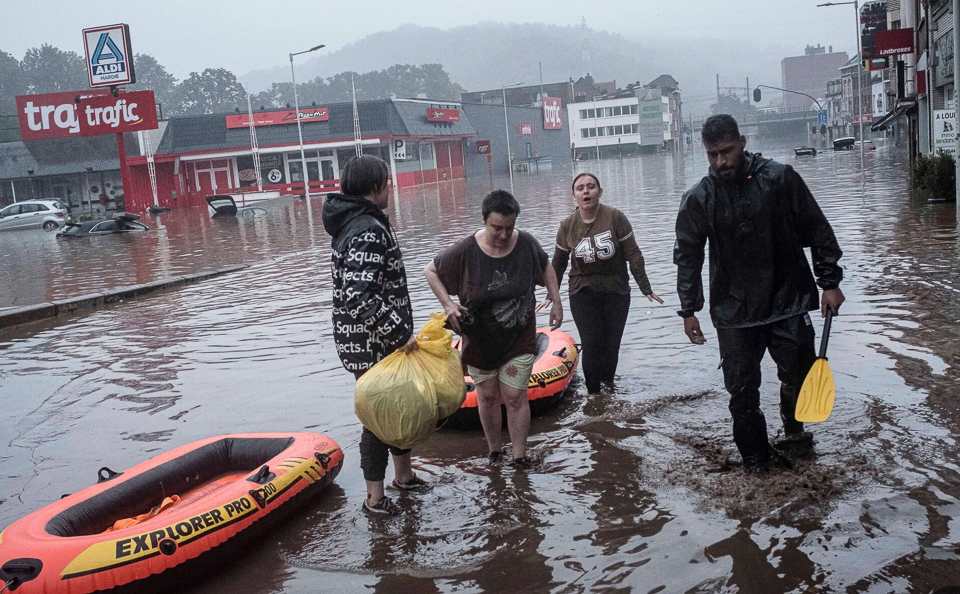
Extreme Flooding
Hurricane Ian in 2022 was the costliest in Florida’s history. Now, it’s widely conceded that climate-change driven hurricanes are becoming more frequent and violent. In fact, data makes it clear that Ian is part of a trend. Hurricanes and related disasters such as extreme flooding are making hurricanes more destructive. They are pushing up home prices and the costs as well as availability of insurance until they’re out of reach for most people. Additionally, as rebuilding damaged infrastructure requires increases in property taxes, the negative effects threaten to imperil the financial underpinnings of modern American life. Zac Taylor, a climate expert at Delft University in The Netherlands and who’s originally from Florida, said recently “You can’t just build in high-risk areas indefinitely and expect to be insurable at an affordable rate.” He concludes: “You need a private insurance market to have a mortgage market. Middle-class home ownership may not be viable in the long term.”
Consider New York City. Civic leaders are now skeptical about their ability to protect the area. After the city was devasted from flooding by Hurricane Sandy in 2012 (over 70,000 homes lost), much effort has been made to protect the city against future disasters. But the Army Corps of engineers proposed resiliency measures, covered in 2022 by a comprehensive 549-page report, projects costs of over $50 billion and a completion date of 2044. But by that time, city officials anticipate frequent flooding. Manhattan business owner and climate activist, Marco Pasanella, wrote in the New York Times on 10/28/2022: “What is clear, given the funding gaps and ever-extending deadlines, is that we won’t be able to take the necessary steps in time. In that case, is it not better to be realistic about remediation and start considering relocation alternatives?”
Similar dilemmas— or even worse ones— are occurring in one U.S. coastal community after another and in destinations around the world. The most recent drama in the U.S. is the prolonged flooding in California which Governor Gavin Newsom called “serious and deadly.” Communities across the state have been confronted with flash floods, ocean swells and surging, fierce winds and damages from mudslides and fast-moving debris, collectively resulting in catastrophic death and destruction.
Droughts
Climate change-driven droughts in the U.S., especially in western states, have become more severe. In fact, climate change has altered the natural pattern of droughts, making them more frequent, longer, and more severe. Since 2000, the western United States has experienced the driest conditions on record.
As megadroughts in the West persist, the reservoirs providing water to households and the agriculture industry are getting dangerously low. Water supplies along the Colorado River and the two largest reservoirs in the country that it supplies — Lake Mead and Lake Powell — are continuing to recede. Kevin Moran of the Environmental Defense Fund said recently, “Think of the Colorado River Basin as a slow-moving disaster…we’re really at a moment of reckoning.” Yet the states that benefit from the water have been unable to agree voluntarily on a plan to share the available water resources, making it appear likely that the Federal government will have to impose restrictions. Such lack of cooperation, even as crises multiply, is apparent everywhere.
Additionally, the Great Salt Lake of Utah has all but disappeared. Not only a beautiful place for boating, swimming, and hiking, the lake has also played a crucial role as a water supply for people in the region and for wildlife.
Finally, droughts are making destructive wildfires larger, more frequent, and longer lasting, regardless of the initial causes of fires. Research shows, in fact, that a warming climate creates drier conditions which lead to longer and more active fire seasons. The direct costs of fire suppression typically cost billions of dollars. And indirect costs (rehabilitation of infrastructure, declines in property values, lost tax revenues, and more) can more than triple the direct costs. (Source: Bankrate, Homeowners’ Insurance, 2022)
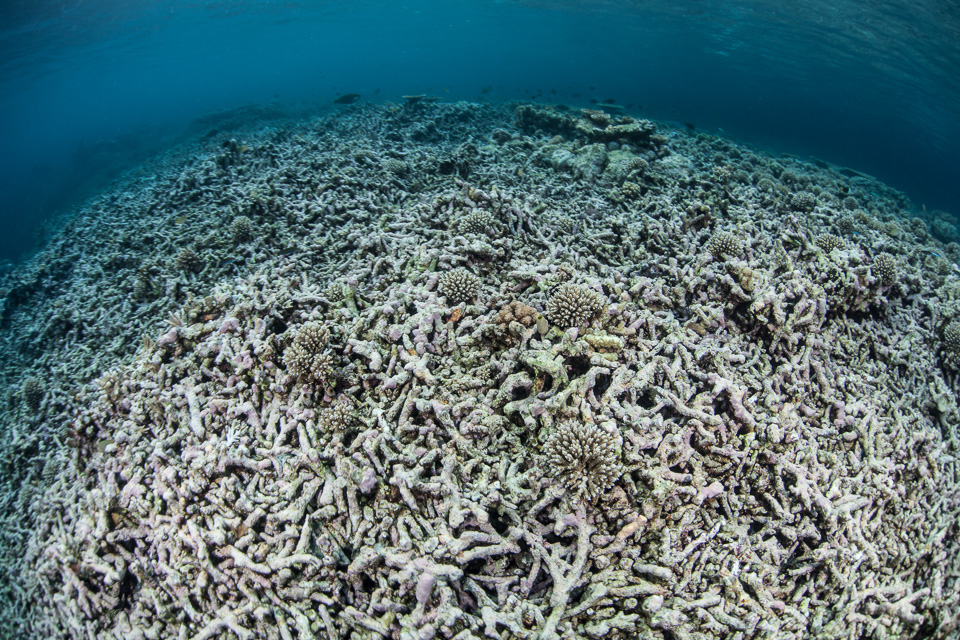
Imperiled Oceans
The oceans cover 70% of the Earth’s surface. They provide essential food, regulate our climate, and generate most of the oxygen we breathe. They also support our worldwide economy, including tourism, fishing and commercial shipping. Pioneering oceanographer and diver Sylvia Earle said, “We must use the oceans and not use them up. Our fate and the oceans are one. No ocean, no life. No ocean, no us.”
Yet 15,000 scientists from 184 countries have already signed a second warning letter to humanity (Source: The Washington Post 11/13/2017). They repeated that humans are causing the wholesale destruction of global ecosystems with a vast range of destructive activities: extraction of oil and natural gas, greenhouse gas emissions (an increase since the early 1990s of 60%), commercial overfishing, seabed mining, and the dumping in the oceans of tons of plastics, sewage, garbage, and toxic chemical waste. They warn, “Soon it will be too late to shift course away from our failing trajectory.”
Epilogue
One of the great injustices of this era is that the countries contributing negligible amounts to global carbon emissions are suffering the most from climate change. For example, Pakistan, which contributes less than 1 percent of emissions, had a third of its country under water in recent floods. Parts of Kenya, Ethiopia and Somalia are experiencing the worst droughts in 70 years, while the entire continent of Africa contributes less than 4 per cent of global carbon emissions. And island nations and territories in the Pacific which aren’t significant polluters stand to lose the most when sea levels rise further. At the same time, countries contributing the most to carbon emissions, namely the U.S. and China, c0ntinue to approve new fossil fuel projects and fall short of prior financial commitments to address climate change aggressively.
We have spent decades “sleepwalking to climate catastrophe,” says U.N. Secretary General Antonio Guterres. While the climate activism of today’s younger generation has been encouraging, scientists and long-concerned climate activists, including Nobel Laureate Al Gore, have confessed that it remains an open question as to whether it’s too late to prevent even more destructive catastrophic events from cascading out of control.
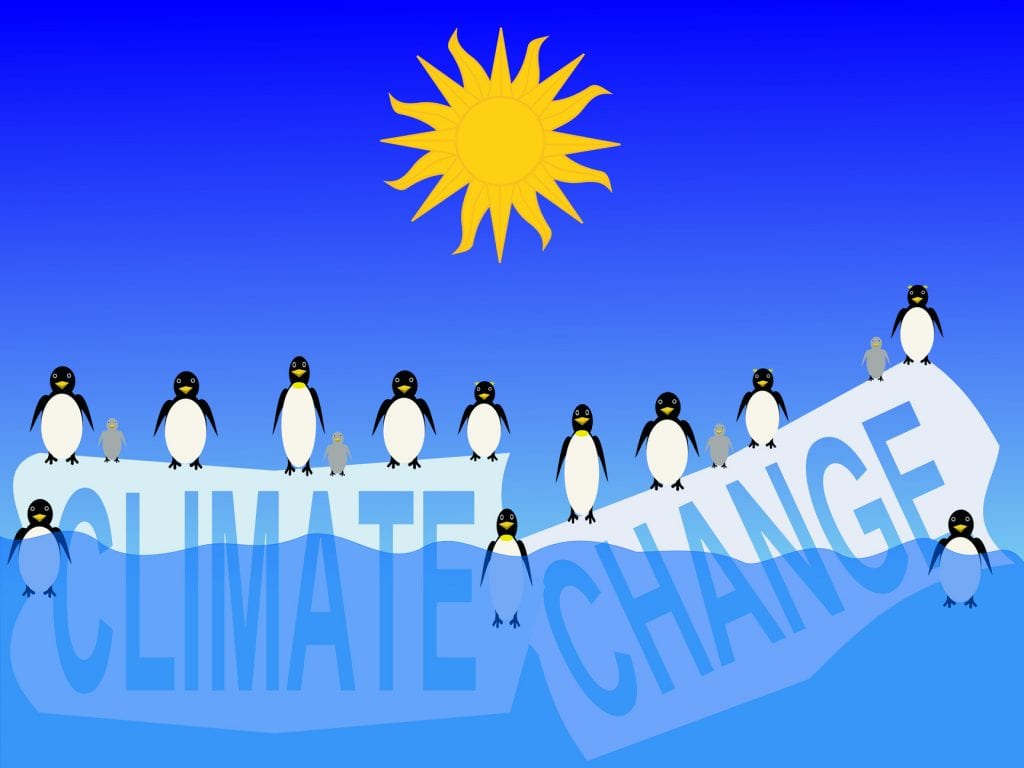
Yet the large fossil fuel companies, corporate lobbyists and their allies in Congress continue their longstanding roles as obstructionists to change (as carefully documented by Naomi Oreskes in her acclaimed book, Merchants of Doubt). Out of short-term, commercial self-interest, they raise doubts about the science that supports the dangerous realities of man-made climate change even as their own studies support the findings of science. And their obstructionism continues at the same time that the U.S. Defense Department has declared climate change caused by humans an existential threat and national security issue.
Linguist, historian and acclaimed social critic, MIT professor Noam Chomsky has responded: “I don’t know what word in the English language—I can’t find one—applies to people who are willing to sacrifice the literal existence of organized human life so they can put a few more dollars into highly overstuffed pockets. The word ‘evil’ doesn’t begin to approach it.”

Many of the solutions to climate challenges are known. The obstacles to remedial action have more to do with the lack of political will and funding. Climate activist and author Jeff Goodell suggests in his book, The Water Will Come: “We’re not wired genetically to make rational decisions about barely perceptible threats that gradually accelerate over time. We’re not so different from the proverbial frog that boils to death in a pot of slowly warming water. The real ‘x factor’ is not the vagaries of climate science but the complexity of human psychology and greed. “
Successfully acting upon the moral and existential challenges of climate change must transcend self-interest, political polarization and, ultimately, the resistance to cooperative government and corporate action. Holistic, long-term thinking must replace the short-term orientation and incentive structures that pervade corporate and political life—and our entire culture.
But the challenges are enormous to overcome what David Attenborough has identified as” the all too human characteristic of failing to see the bigger picture in pursuit of short-term goals.”
We are reminded of the words of renowned physicist and Nobel Laureate Albert Einstein who wrote, “The world is a dangerous place to live, not because of the people who are evil, but because of the people who don’t do anything about it.”
